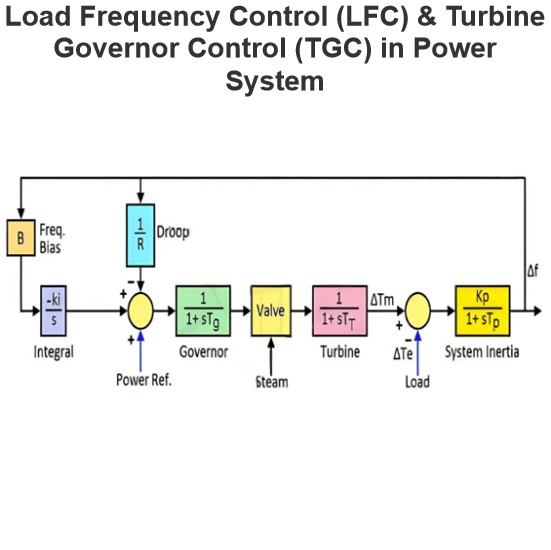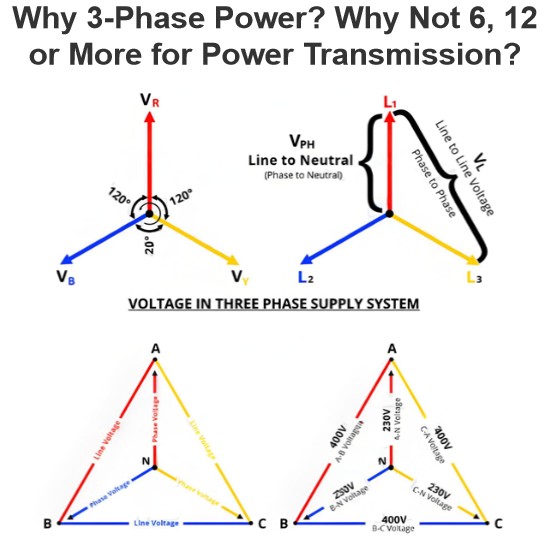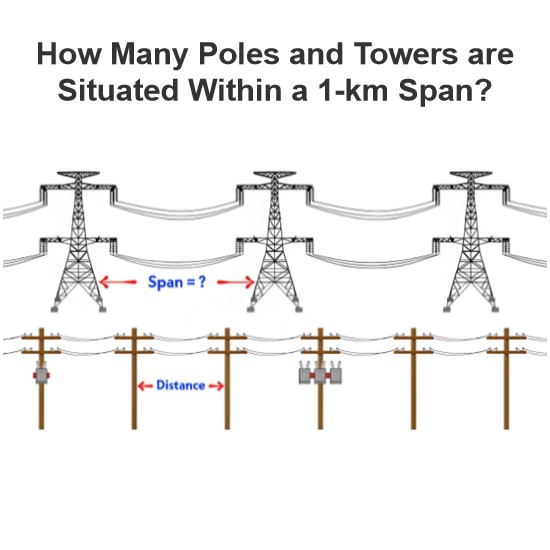What are the differences between neutral line, grounding and ground contact?
To grasp the distinctions among Neutral, Ground, and Earth, we must first understand the purposes of these elements.

Neutral
The neutral wire serves as the return path for electric current in an electrical circuit, designed to carry current under normal operating conditions. This current primarily arises from phase current imbalances and occasionally from the presence of 3rd and 5th harmonics.
The neutral wire provides a pathway for current to flow back to the power source, completing the circuit. In household wiring, it typically carries current from various electrical loads back to the distribution panel or power supply point.
In a properly functioning electrical system, the voltage on the neutral wire should be close to zero volts. It helps stabilize voltage and maintain a relatively constant potential difference between the live (hot) and neutral wires. The neutral wire is intended to carry current during normal operation. If an imbalance occurs between the current on the live wire and the neutral wire, it may indicate a fault or short circuit, which can be detected to cut off power for safety.
While neutral current is usually a fraction of the phase current, it can even double the phase current in some cases. Therefore, the neutral wire is always considered "energized" in an active circuit. To ensure the neutral wire’s second terminal remains at zero potential, it is connected to the ground (e.g., in domestic power supplies, the neutral is bonded to ground to provide a return path to the transformer at the substation).
Earth/Ground
Earth or Ground is used for safety purposes to divert leakage or residual currents in the system through the path of least resistance. While the phase and neutral wires connect to the main power supply, the ground wire links to the equipment casing or other components that do not carry current under normal conditions. In the event of insulation failure, however, it is designed to carry abnormal currents—these do not originate directly from the live (phase) wire but from secondary connections that are normally non-conductive.
Such currents are typically much smaller than the main line current (often in milliamperes, mA) but can still pose risks of electric shock or fire, leading to severe damage. To mitigate these hazards, a low-resistance path is provided via the ground wire to direct the current into the earth.
Due to their different applications, the grounding of the neutral wire and the protective ground must never be mixed, even though both involve grounding (though methods may differ). If combined, the ground wire—which should carry no current under normal conditions—could accumulate charges and become a safety hazard.
Difference Between Earthing and Grounding
There is no functional difference between "Earthing" and "Grounding"; these terms are interchangeable. Their usage varies by regional standards:
- North American standards (e.g., IEEE, NEC, ANSI, UL) commonly use "Grounding" (sometimes referred to as "Bonding").
- European, Commonwealth, and British standards (e.g., IS, IEC) use "Earthing".














